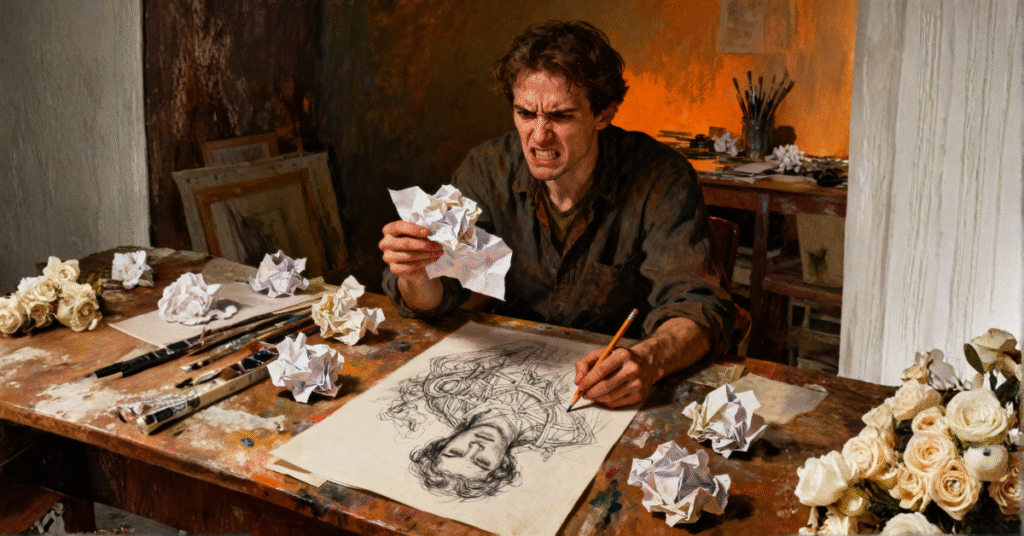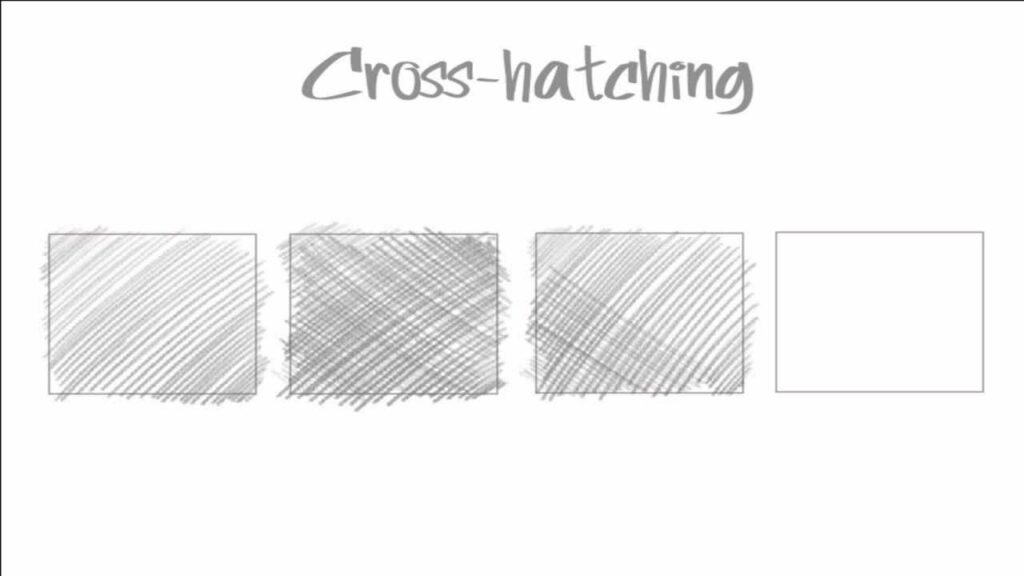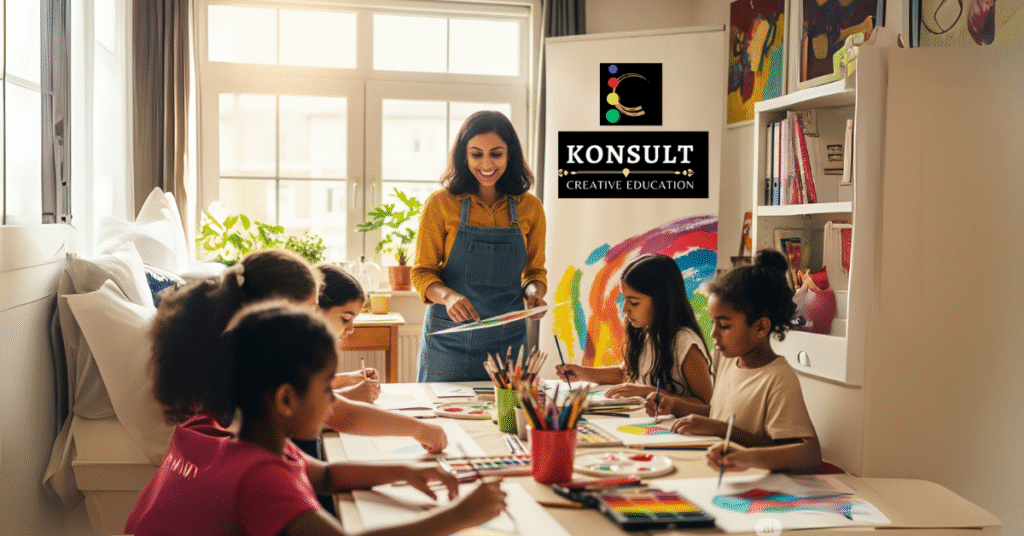
Don’t Start an Artwork on Ego – Learn the Fundamentals First
When you sit down to create a drawing or painting, your mindset matters just as much as your materials. Many beginners (and even some experienced artists) make the mistake of choosing overly ambitious projects out of ego — to prove something to themselves or others. They attempt complex portraits, intricate landscapes, or highly detailed compositions before mastering the basics. While ambition is valuable, ego-driven art creation often leads to frustration, unfinished work, and discouragement.
Why Ego is a Trap in Art

Art thrives on patience, observation, and skill-building — not on proving how “difficult” a piece you can pull off. Starting with an advanced subject without understanding core techniques is like attempting to build a skyscraper without laying a solid foundation. Ego pushes you to skip steps, chase validation, and ignore your current skill level. The result? You struggle, produce unsatisfactory results, and may lose confidence in your abilities.
The Power of Learning Fundamentals

Every great artist you admire began with simple exercises and gradually increased complexity. Fundamentals are the building blocks of all artistic work. Skipping them is like trying to play a symphony without learning scales. These core skills include:
- Understanding basic shapes and forms
- Mastering proportion and perspective
- Learning light and shadow (value studies)
- Developing an eye for composition and balance
- Practicing brush or pencil control
Step-by-Step Mastery

- Start Simple – Draw basic shapes like spheres, cubes, and cylinders. Learn how they react to light.
- Move to Everyday Objects – Practice rendering simple items around you before tackling complex subjects.
- Understand Anatomy and Structure – If drawing people or animals, study skeletal and muscle forms before attempting realistic portraits.
- Work with Controlled Color – Experiment with limited palettes before attempting full-color compositions.
- Gradually Increase Complexity – Add more detailed elements only after you’ve built confidence in the previous stage.
The Long-Term Payoff
Taking the time to master fundamentals step by step leads to exponential growth. Each skill becomes a tool in your artistic toolbox. Then, when you finally take on challenging work, it doesn’t feel impossible — you have the techniques to break it down and tackle it effectively.
A Mindset Shift
Instead of asking, “Can I pull this off right now?” ask, “Do I have the skills needed yet?” If the answer is no, treat that gap as an exciting journey, not a setback. The most impressive art is created by artists who respect the process, not those who try to rush it for the sake of ego.
An artist’s true confidence comes from preparation and mastery, not bravado. So, the next time you begin an artwork, let patience and learning guide your hand — not the urge to prove something. The results will speak louder than any ego ever could.
